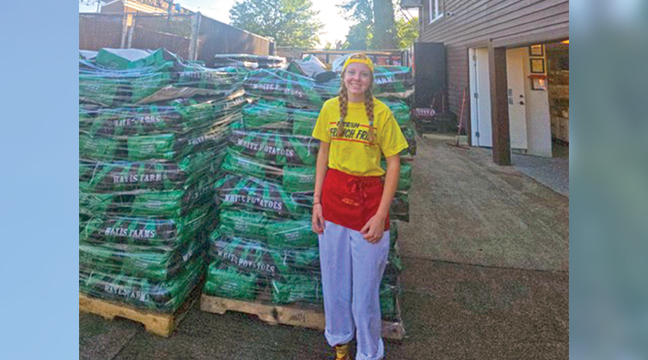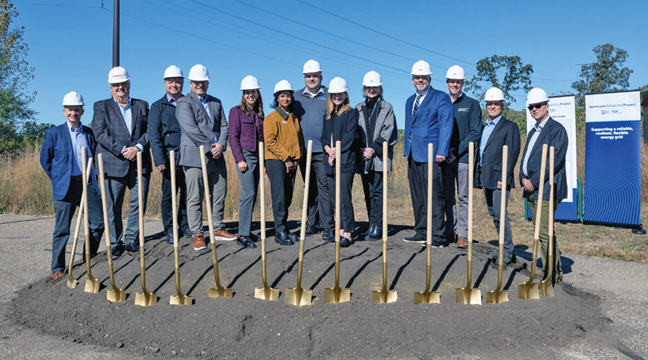Usually when someone picks up the phone and dials those three little numbers...911, nine times out of 10 that call is from someone needing immediate help with a break-in, a missing person or a medical emergency.
At all times that call is taken seriously, and Sherburne County Sheriff’s Dept. dispatch gets the ball rolling by making calls to police, deputies, medical personnel and ambulance, if needed.
The question is, “how long after placing that call can someone expect help to arrive?”
Becker Fire Chief Doug Kolbinger says that when his station gets a call for fire rescue, their average response time for the first truck leaving the station is five minutes.
“When 911 is called, the call goes to the Sherburne County Sheriffs Dept. dispatch. They then many times call the police or deputy first and then page us, although I believe that it often times happens simultaneously with multiple dispatchers.” Kolbinger says CentraCare ambulance gets dispatched by Alina as soon as they get the word an ambulance is needed at the sight.
Out of the Becker Fire Dept.’s 377 calls in 2013, approximately 60% of those calls were medical. It’s shown to be important to have a fire department like Becker’s because out of the 36 firefighters Kolbinger has on staff, all are medically trained to assist those in medical need at any scene. Of those 36 volunteers, Kolbinger has three paramedics, 18 EMTs and 15 EMRs (emergency medical responders) under his tutelage.
For someone who just made that important 911 call for themselves or a loved one, to know Becker’s FD has a quick response time and highly-qualified personnel can be reassuring.
Generally, the station will not send out the fire rescue truck with fewer than two people on board for a medical call unless they know other firefighters are going straight to the scene from their job or homes. The fire rescue truck is equipped similar to an ambulance.
“Much of the equipment we carry is like that on the ambulance,” said Kolbinger. “However, ambulances have advanced life support rigs.” Kolbinger’s crew can immediately start IVs, run EKGs and administer medications among other things until an ambulance arrives. “We are trained to do some things that not all first responders are allowed to do,” he said. “We can give aspirin and nitroglycerin for heart patients, we use a glucometer to check blood sugar on diabetic patients, we use Kings airways to open a person’s airway during CPR and we carry EPI pens for people in anaphylactic shock.”
Though the BFD has seen a slight decrease in their volume of calls over the last few years, their worth has never been more crystal clear. The importance of having life-saving equipment and personnel capable of arriving within minutes to an emergency call is something that can’t be challenged.
To most on the fire department, it’s another opportunity to do what they are trained to do.
Save lives.









